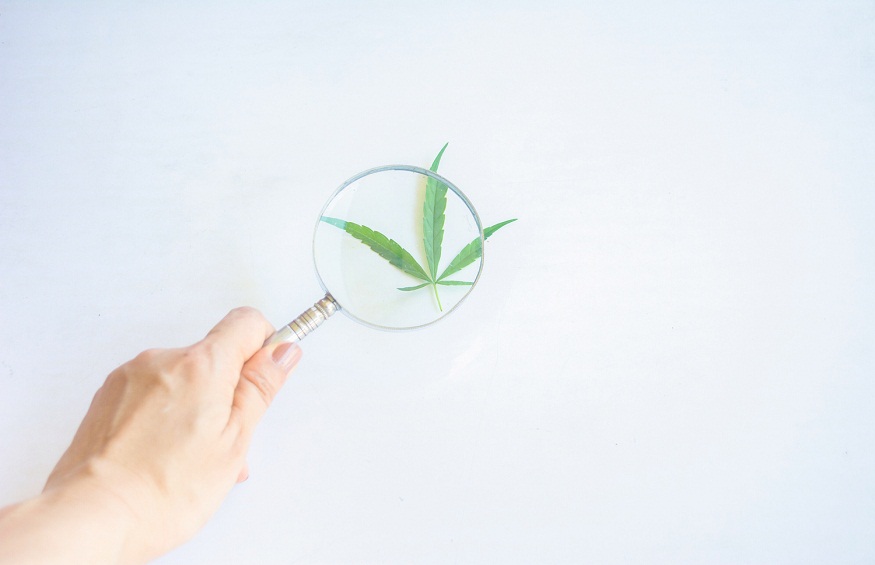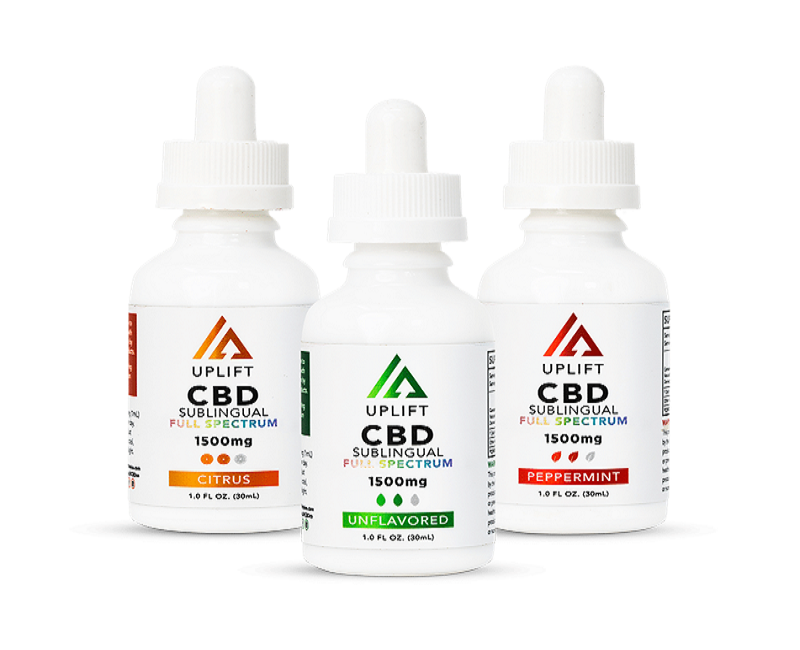I began covering cannabis legalization just about the same time Utah voters approved Proposition 2, the initiative that legalized medical cannabis in the state back in 2018. In those early days, it wasn’t unusual to hear medical cannabis proponents having in-depth discussions about the differences between indica and sativa.
Such discussions still occur today, though less frequently. Thanks to better understanding of indica, sativa, and the whole cultivar topic in general, experienced medical cannabis users understand that putting too much attention on indica and sativa amounts to an oversimplified explanation of a much more complex topic.
Varieties of Cannabis
Indica and sativa are often described as species of cannabis. Technically speaking, this is not true. They are actually more like varieties of cannabis. But even describing them as such doesn’t really do justice to reality. So the industry has chosen another term: cultivars.
The majority of all cannabis plants produced for human consumption are the result of purposeful breeding by cultivators. This is especially true for medical cannabis. Growers breed plants to produce new cultivars with the desired cannabinoid and terpene profiles. And these days, they are more likely to breed hybrid plants – plants with the characteristics of both indica and sativa parents.
Different Psychoactive Effects
The overemphasis on indica and sativa in past years was largely due to users attempting to differentiate between them by describing their psychoactive effects. Traditionally, indica strains have been described as producing a ‘body high’. Indica strains ostensibly encourage relaxation in calmness. They have historically been recommended as a treatment for sleep problems, anxiety, and chronic pain.
The other side of that coin is the ‘cerebral high’ normally associated with sativa. Sativa strains ostensibly make one more creative and sociable. They are said to improve focus, alertness, and motivation.
Many years ago such distinctions may have been valid. But again, they are an oversimplification of what is most important about using cannabis as a medicine: cannabinoid and terpene profiles. In other words, the active compounds in a medical cannabis product are what matter. Strain names are meaningless. The same goes for indica or sativa roots.
Different Effects on the Body
As our understanding of cannabis’ impact on the human body has expanded, growers have also expanded their knowledge of cannabinoid and terpene profiles. The industry as a whole now has a better understanding of the reality that different profiles can have different effects on the body. This is the main impetus behind growers continually researching new cultivars.
Certain cannabinoid and terpene profiles are more helpful for managing pain. Others seem to do better as a treatment for anxiety. Still other profiles are well suited for better sleep or nausea relief.
What does all this mean for consumers? It means not choosing medical cannabis products based on brand name or strain. Instead, it is important to know what is actually in the product being purchased.
Ask a Pharmacist
Zion Medicinal is a Utah medical cannabis pharmacy serving patients in the Cedar City and St. George areas. Their best advice to patients is to ask a pharmacist about cannabinoid and terpene profiles before purchasing. A medical cannabis pharmacist is the most qualified person to advise on how certain profiles will impact the way a person feels.
Distinguishing between indica and sativa is no longer enough. Maybe it never was. Giving so much attention to the two only oversimplifies the complex topic that is cannabinoid and terpene profiles. If you are a medical cannabis user, don’t worry so much about strain or variety. Pay attention to cannabinoids, terpenes, and delivery methods. They are the things that really matter.



